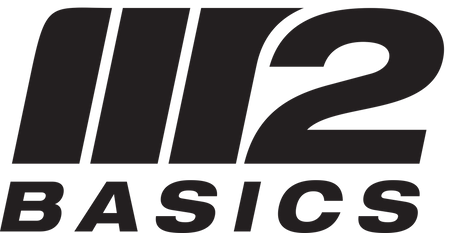Owning a well-stocked first aid kit is a crucial aspect of emergency preparedness. However, it's not enough to simply have a kit on hand. Regular maintenance and upkeep are essential to ensure that your kit is ready for action when emergencies strike. In this comprehensive guide, we will explore the importance of first aid kit maintenance and provide you with practical tips on how to keep your kit in optimal condition. By incorporating regular maintenance into your preparedness routine, you can rest assured knowing that your first aid kit is always equipped to provide effective care during critical moments.
Why is first aid kit maintenance important? Over time, medical supplies can expire, items can become damaged, and the contents of your kit may need to be replenished. By regularly maintaining your first aid kit, you can ensure that all items are functional, up-to-date, and ready for use. Let's dive into the key steps involved in maintaining your first aid kit.
-
Regular Inspections: Performing routine inspections of your first aid kit is the first step in ensuring its readiness. Set a schedule to inspect your kit at least every six months, or more frequently if you use it regularly. During the inspection, check for any expired items, damaged packaging, or signs of deterioration. Remove any expired or damaged supplies and make a note of items that need to be replaced.
-
Replenishing Supplies: Replenishing supplies is a crucial aspect of first aid kit maintenance. After conducting an inspection, create a list of items that need to be restocked. Make sure to include essentials such as adhesive bandages, sterile gauze pads, antiseptic solutions, and any specialized items specific to your needs or activities. Check expiration dates on medications and replace them as needed. Consider purchasing supplies in bulk to ensure you have an ample stock.
-
Labeling and Organizing: Maintaining an organized first aid kit is essential for quick and efficient access to supplies during emergencies. Consider using clear, labeled compartments or pouches to store different categories of items. Segregate bandages, medications, wound care items, and tools into separate sections to streamline retrieval when time is of the essence. Clearly label compartments to make it easier for yourself and others to locate specific items in times of need.
-
Special Considerations: Tailor your first aid kit maintenance to accommodate any special considerations. If you have individuals with specific medical conditions in your household or group, ensure that necessary medications or equipment are readily available and up-to-date. Consider adding extra supplies for potential emergencies, such as severe allergic reactions or chronic medical conditions. Customizing your kit based on specific needs ensures that everyone's well-being is accounted for.
-
Storage Conditions: Proper storage is vital to maintaining the integrity of your first aid kit. Ensure that your kit is kept in a cool, dry place away from direct sunlight and extreme temperatures. Exposure to heat or moisture can degrade the quality of the supplies and reduce their effectiveness. Additionally, keep your kit in a location that is easily accessible and known to all household members or travel companions.
-
Stay Informed and Educated: As part of first aid kit maintenance, it is important to stay informed about changes in medical practices and updates in first aid protocols. Keep up-to-date with any changes in CPR techniques, wound care methods, or emergency response procedures. Consider attending refresher courses or online training to stay knowledgeable and confident in administering first aid effectively.
Regular maintenance of your first aid kit is crucial to ensure its effectiveness and reliability during emergencies. By conducting regular inspections, replenishing supplies, organizing and labeling contents, accounting for special considerations, and providing proper storage, you can rest assured knowing that your first aid kit is ready for action when it matters most. Taking the time to maintain your first aid kit demonstrates your commitment to preparedness and the well-being of yourself and those around you.
Remember, emergencies can happen at any time and often when least expected. By regularly maintaining your first aid kit, you are taking a proactive approach to readiness, ensuring that you can provide immediate care during critical moments. Whether it's a minor cut, a sprained ankle, or a more serious injury, a well-maintained kit can make all the difference in the outcome.
In addition to maintaining your kit, it's also important to stay informed and educated about first aid practices. Keeping up with advancements in medical knowledge and techniques will enhance your ability to provide effective care. Take advantage of resources such as online tutorials, first aid courses, and instructional videos to stay up-to-date and confident in your skills.
Lastly, involve your family members, travel companions, or colleagues in the process of first aid kit maintenance. Educate them on the importance of regular inspections, proper storage, and familiarizing themselves with the kit's contents. By spreading awareness and knowledge, you are creating a safety-conscious environment where everyone can contribute to the well-being of the group.
In conclusion, first aid kit maintenance should be a priority for every individual and household. By incorporating regular inspections, replenishing supplies, organizing and labeling contents, considering special needs, providing proper storage, and staying informed, you can ensure that your first aid kit is always ready for action. Remember, it's not just about having a kit; it's about maintaining it to be effective and reliable when emergencies arise. By taking these steps, you are investing in your own safety and the safety of those around you. Stay prepared, stay proactive, and be confident in your ability to provide essential care during unexpected situations.

